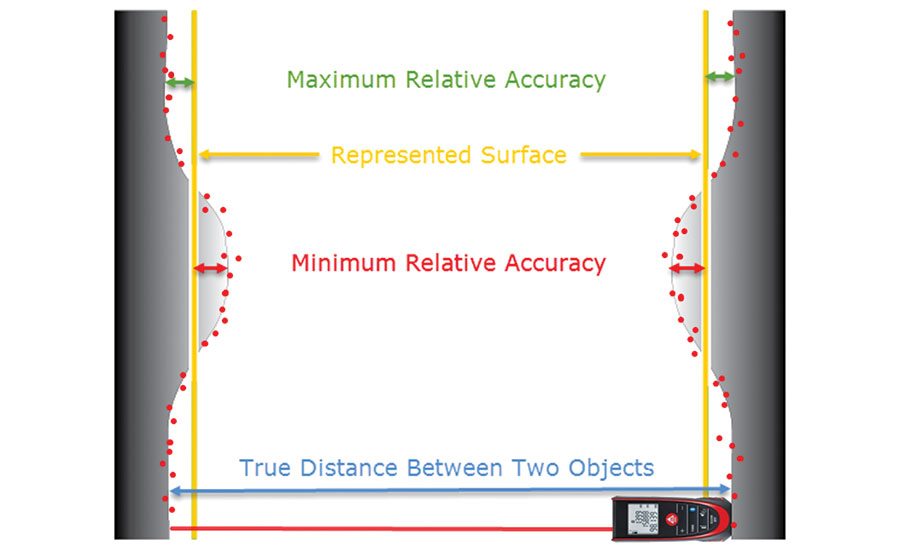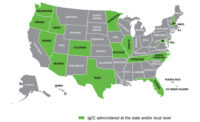A new Level of Accuracy Specification for commissioning construction measurement services, such as scanning, was released on Aug. 20 by the U.S. Institute of Building Documentation. It represents not only a refinement of specification recommendations, but its developers say it’s also an example of a new, online model for any organization interested in providing a more rapid way to develop, improve and maintain construction industry standards.
With the development and introduction of version 3.0 of the LOA specification template, USIBD partnered with a company called LOD Planner to launch a free, online LOA instance that will serve as a collaboration platform for its maintenance and improvement. All users who sign up to use the template to create contracts also have access to the live, online version of the standard itself, with comments and feedback tools enabled.
“We think this method of doing updates [could] transform the way standards bodies maintain and issue updates on their standards,” says John Russo, president of Architectural Resource Consultants and also of USIBD.
“The problem is rooted in how [standards development bodies] rely on development through committees,” Russo adds. “Work being done in committee is isolated from public feedback. We are changing this with the adoption of an online platform [that] will allow us to get real-time, continuous public feedback.”
The new standard is hosted on the website of LOD Planner, an online BIM execution planning service. Clive Jordan, CEO of LOD Planner, says “traditional processes for creation, review and approval can be time-consuming, due to many layers of stakeholders, committees and reviewers. Unfortunately the end user always suffers. It can sometimes take multiple years for user feedback to be included in new standards.”
By using the standard on his site, Jordan says all stakeholders, including end users, can collaborate and provide feedback on the standard itself—more quickly and in a structured fashion. “The result is higher quality, near real-time standards,” he says.
Kevin A. Kianka, director of operations at Haag Technical Services Co. and USIBD education committee chair, says, “The USIBD wanted to ensure that the LOA document was a living tool that could take into account the various tools, technologies, individuals and clients that are in the world today. By having an online platform that allows users to submit information directly to those individuals who authored the documents, the USIBD feels that we can more rapidly respond to the changing environment.”
Kianka says using the platform will eliminate the need for a typical request for public comments period and will help the USIBD meet the needs of its members and LOA users in a more timely fashion, rather than waiting for a major revision. “If there are any revisions, clarification or other updates, the LOA will be updated both on the USIBD website and on LOD Planner,” he says.
Jill Rosoff, USIBD membership director, notes that two years passed between the release of the second version of the LOA specifications and the third, released in August. In contrast, “the online version of the document will always be current, with improvements made on the fly, as it were, instead of users having to wait months for them.”
Live certification training and testing will be offered at USIBD’s Symposium Sept. 16-18 in St. Louis.
Related Link: New Level Of Accuracy (LOA) v3.0



Post a comment to this article
Report Abusive Comment